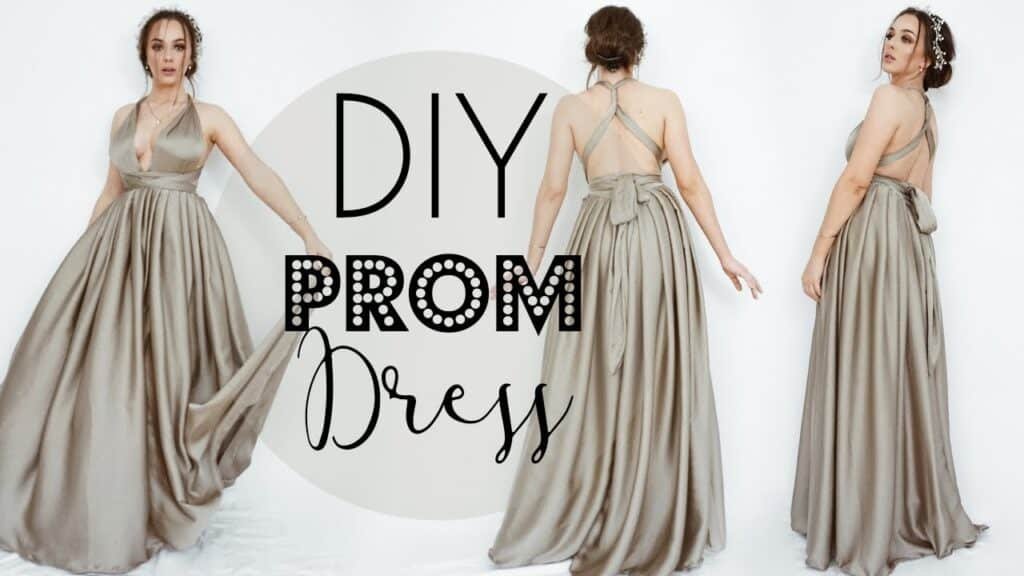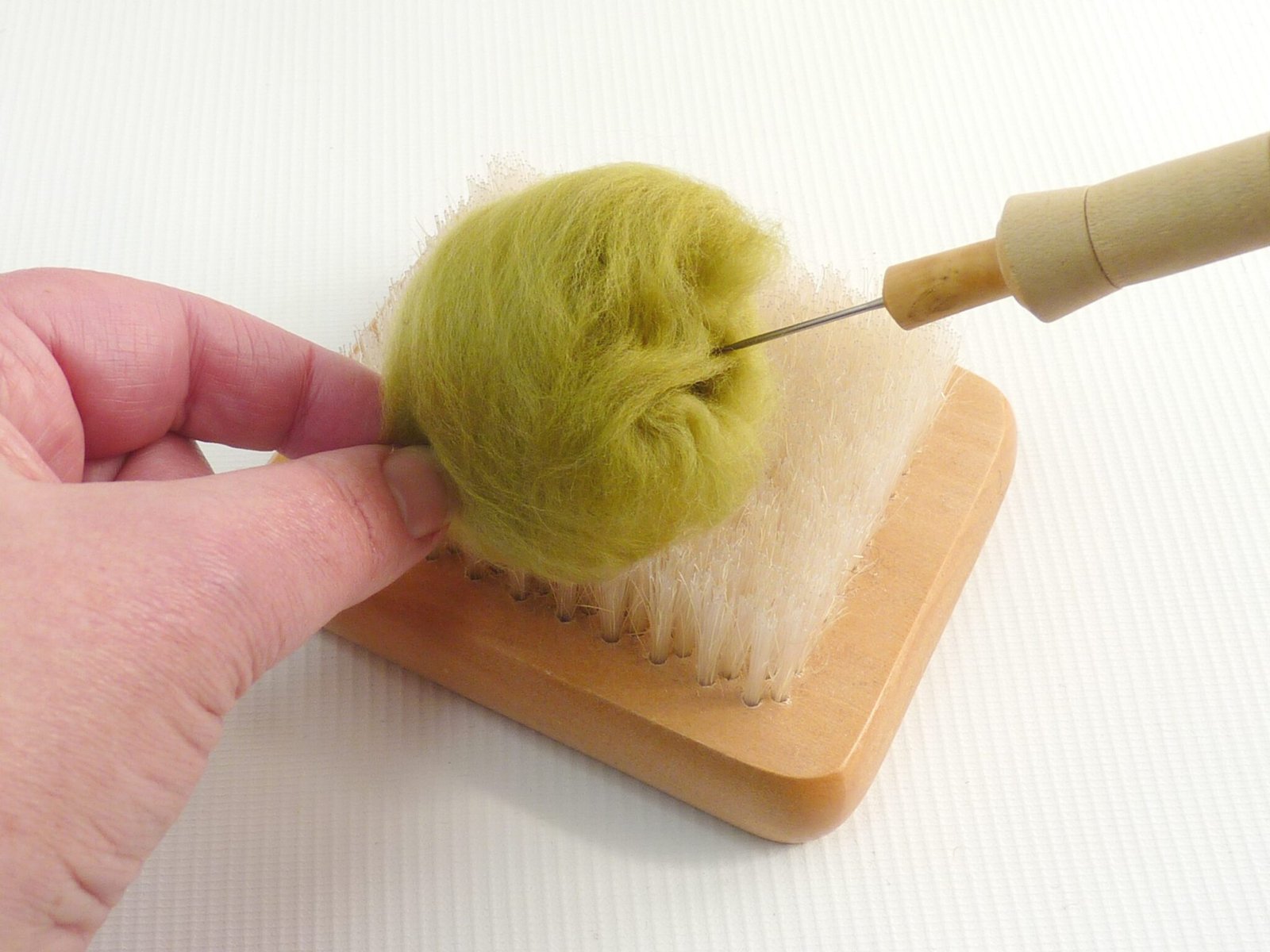How To Make Shorts: Easiest Way Of Making Shorts In 2024
Shorts are a type of clothing that people wear over the pelvic region(pelvis), wrap around the waist, split in two to cover the upper legs, and occasionally stretch all the way down to the knees. Because they are a smaller version of pants that cover the entire leg but not the foot, people know them as “shorts.” People wear shorts frequently during warm weather or in settings where airflow and comfort are more important than leg protection. Shorts come in various styles, from beachwear and sports shorts to knee-length short trousers that people can wear occasionally as formal attire. Women wear some shorts, like the divided-skirt style culottes. Although this varies greatly by area, ladies are less likely to wear shorts in traditional eastern nations than in the West. Women are more likely to wear shorts in big, cosmopolitan cities. Adults also frequently wear shorts. Adult women wear loose-fitting shorts in various nations since these are modest and end at or just below the knee. Shorts are still too informal in many circumstances, making them ineligible in several countries. South Africa, Bermuda, Australia, and New Zealand are notable exceptions where males wear short trousers to the workplace or to formal events. In various parts of the UK, formal shorts have become part of informal business attire since the 1990s. Making pattern Create your design. On a piece of craft paper, draw the outline of a pair of shorts that fit you well to create a quick and easy design for your shorts. You need to fold it in half. Check that the exterior of the front pockets is visible. On a piece of construction paper, trace the contour of your folded shorts. For a seam allowance, add 1 inch (2.5 cm) to the pattern’s bottom and sides. For a waistband, extend the top of the pattern by 1.5 inches (4 cm). After that, with scissors, cut out the pattern. Pinning the pattern and cutting your fabric On your fabric, pin the pattern. Lay your pattern on top after folding your fabric in half. Put in a pin. Place the pattern’s long edge or center along the folded edge of the fabric. Make a sketch of the pattern’s outline on your material for a more precise method. After pinning, cut the fabric to size. Cut along the outline with a pair of razor-sharp sewing shears. Your shorts will then have one complete side. Repeating the procedure Repeat. Use the same procedure of pinning and cutting to create a second piece for your shorts. You need to place the long side of the pattern over the folded edge of the cloth as you fold it in half. Put in a pin. To create another piece, cut around the design. Pinning And Stitching along the seams Along the seams, pin it. Now, unfold the two pieces and line them up with the wrong sides facing in and the right sides facing each other. Next, attach them with pins. Pin each piece specifically along the two circular seams. Keeping these seams precisely oriented is essential at this point since you will be sewing these seams together next. Put a stitch through the seams. Sew the rounded seams with a sewing machine. While hand sewing, use a backstitch. 1 inch (2.5 cm) of seam allowance should be allowed. Flipping The Shorts Over Now, you need to flip the shorts. The sewn seams should be in the fabric’s front and back centers when you flip it over. The sewn seams will be on the outer edges once you join the two separated parts. You must turn the shorts so that these seams are evenly spread apart and run vertically down the center. The crotch of the shorts will eventually be formed by these stitched seams. Sewing the inner thigh seams Sew the thigh’s inside seams. Flatten the fabric to make it easier to see the opening underneath the crotch’s center line. To complete each leg, pin along both edges of this material and sew them together. Use a 1-inch seam allowance (2.5 cm). Use a zigzag stitch to stitch these sides together. The inner thigh will be where these seams come undone. Creating a waistband Make a waistband. Leave space for your elastic band when you fold the fabric’s upper edge over. Then, stitch the raw edge of the waistband down by pinning it in place. The top 2 inches should be folded down (5 cm). The elastic on the waistline should fit in this space. Sew a backstitch by hand or a straight stitch on your sewing machine. To allow for the threading of the elastic, leave a little hole along the seam. Feeding the elastic through the waistband You should push the elastic around the waistband until it reaches all the way around after being inserted through the opening in the waistband. When finished, close the waistband’s opening with sewing. The elastic should be about 3 inches smaller than your waist, or around the same size (7.6 cm). This additional space will ensure that the shorts remain snug around your waist because elastic needs to stretch in order to maintain its hold. To make it simpler to feed the band through, attach a safety pin to one end of the elastic. As an alternative, to make the elastic easier to feed through, attach it to a long chopstick. Pull the elastic by both ends through the openings on the waistline. Heming up the shorts Hem your shorts up. Each leg’s bottom edge should be folded up by roughly 1 inch (2.5 cm). To make a hem, pin it in position and stitch all the way around the leg opening. Your shorts are now complete. Use a seam allowance of roughly 1/2 inch (1.25 cm). Make sure the front and rear of the shorts are not sewn together. The cloth that has been hemmed must be sewn around the leg opening. Try the shorts on after reversing the shorts to the right side. You
How To Make Shorts: Easiest Way Of Making Shorts In 2024 Read More »






